Depending on the lake and the plankton that dominate the system, winter could mean significant declines in productivity and increases in hypoxic conditions, while others may experience higher rates of productivity or see little to no change between the summer and fall. Regardless, changes in the system that occur during the winter significantly impact the functioning of the lake for the rest of the year. Winter conditions often lead to variances in plankton dominances, fluctuating water quality and many other physical and biogeochemical shifts.
In the past decade, researchers have started to focus on lake dynamics during the winter in order to develop a better understanding of how winter dynamics impact lake systems for the remainder of the year. While many studies have focused on assessing water quality over the winter, a 2023 study published in Limnology and Oceanography examined the possible repercussions of changing ice and snow dynamics on plankton communities, particularly at lower trophic levels.
Methods
The study occurred at South Sparkling Bog over three winter seasons that presented unique lake conditions. Year 1 (2018-2019) was a reference year where the researchers collected data below the ice while allowing snow to pile on the surface. Due to winter weather conditions in Year 2, the researchers removed snow accumulation but were unable to prevent the formation of white ice leading to lower light conditions during the 2019-2020 sampling season. In year 3, the researchers were able to clear the snow from the surface and maintain black ice conditions. The three years are referred to as Year 1: snow, Year 2: white ice, and Year 3: black ice.
The team drilled holes in the ice in order to sample the water beneath the surface. An under-ice buoy equipped with a host of sensors sampled general water quality every 10 minutes. A PME MiniDOT was used to measure temperature and dissolved oxygen. Light intensity was measured with an Onset HOBO Pendant.
Manual sampling occurred monthly to biweekly throughout the winter seasons (January through mid-April). An 8-in diameter gas auger was used to drill a hole in the ice for sampling. A YSI Pro ODO meter measured temperature, dissolved oxygen, pH and electrical conductivity. Secchi depth measurements were made through the hole as a proxy for light attenuation. Surface Photosynthetic Active Radiation (PAR) was measured using a LI-COR LI-190R PAR Sensor while a LI1400 logger gathered underwater readings.
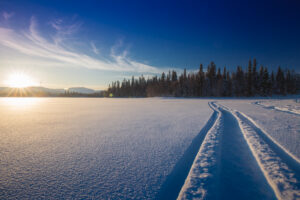
Ice Lake in Ruka, Finnland (Credit: Tom Roeleveld via Flickr CC BY-NC 2.0).
In order to assess the influence of snow removal on phytoplankton and zooplankton abundances and taxa, researchers took samples of plankton in the water and assessed abundances between the three years of sampling.
Results
Snow removal led to increased light availability in the water column and shifted the phytoplankton community from a low-biomass “mixed community of potential mixotrophs, unicellular cyanobacteria and Chlorophytes to dominance by photoautotrophs, and rotifer zooplankton.”1 Ice condition, specifically the thickness of white ice vs. black ice, was a major driver of change plankton community demographics between years.
Phytoplankton behaviors in the winter play a significant role in how the system behaves in the summer, as phytoplankton dominances shift, the photic rate increases, and other variables lead to increased productivity. As winter weather conditions shift due to climate change, understanding how winter conditions impact phytoplankton communities will become essential in managing lake resources.
Sources
- Socha, E., Gorsky, A., Lottig, N.R., Gerrish, G., Whitaker, E.C. and Dugan, H.A. (2023), Under-ice plankton community response to snow removal experiment in bog lake. Limnol Oceanogr. https://doi.org/10.1002/lno.12319




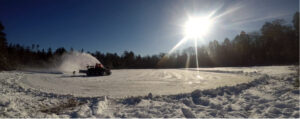
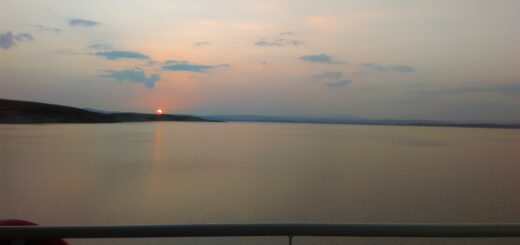
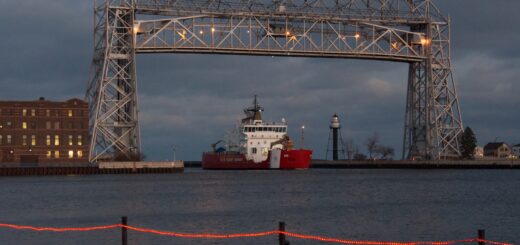
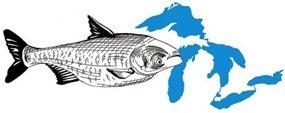
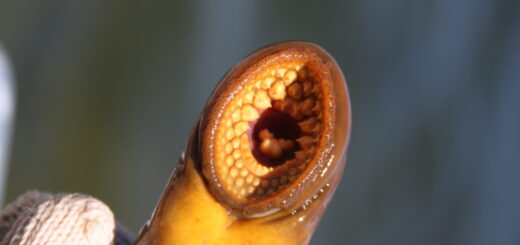
[…] that looks at variables such as temperature, seasonal mixing, ice-on extent and variability, phytoplankton and zooplankton abundances and communities, as well as other environmental drivers that shape the […]